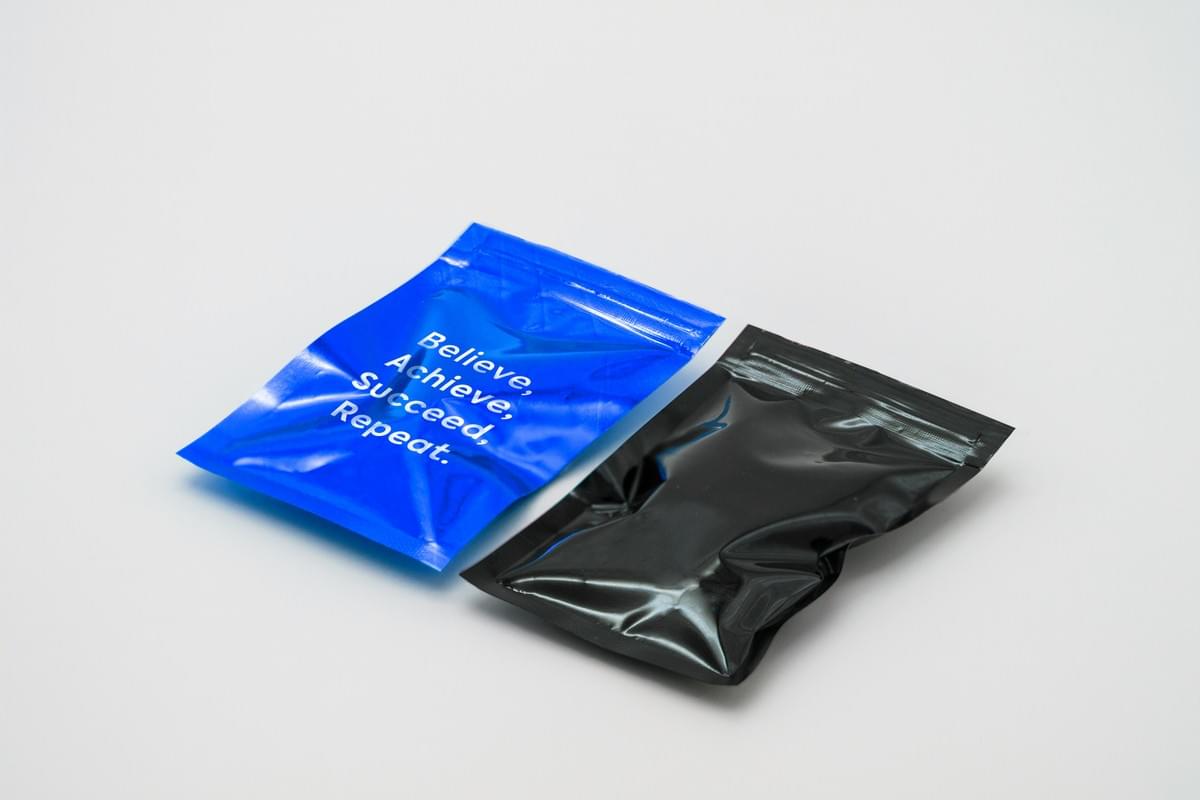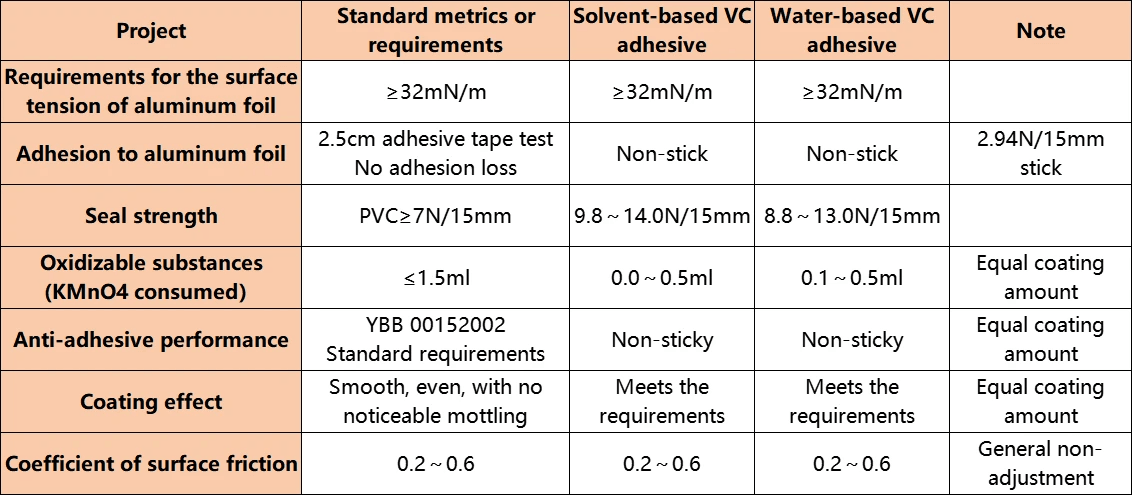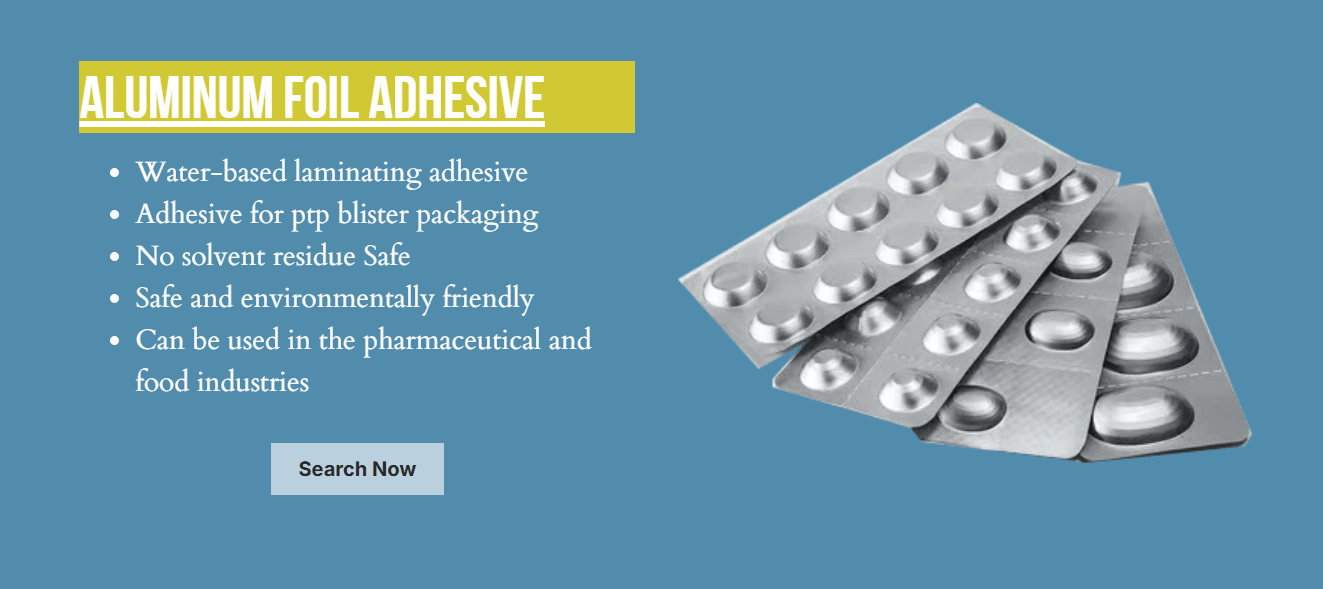Introduction

Understanding PET Plastic Bonding
Bonding PET plastic requires a specific approach due to its non-porous surface and chemical resistance. Many adhesives struggle to create a reliable bond with this type of plastic, which is why knowing the best adhesive for plastic applications is essential. Factors such as surface preparation and curing time play pivotal roles in ensuring effective adhesion.
Importance of Choosing the Right Adhesive
Choosing the right adhesive is not just about picking any random glue; it’s about understanding how different adhesives interact with PET. An epoxy adhesive might provide strength but may not be flexible enough for certain applications, while silicone adhesives offer flexibility but may lack structural integrity. Therefore, selecting an appropriate option among tapes and adhesives can significantly impact your project's success.
Overview of Adhesives for PET
There are various types of adhesives available for bonding PET, each with its own set of benefits and limitations. Silicone adhesive, epoxy glue, and water-based resin solutions are popular choices that cater to different bonding needs—whether you need something that sets quickly or something that offers high tensile strength. As we dive deeper into this guide, we'll explore these options in detail to help you make an informed decision on your pet adhesive needs.
What is PET Plastic?

Polyethylene terephthalate, commonly known as PET plastic, is a versatile polymer that has become a staple in various industries. Its lightweight nature and excellent durability make it an ideal choice for many applications, but understanding its properties is crucial for effective bonding. When selecting a pet adhesive or adhesive tape for PET, knowing the material's characteristics can significantly impact the bonding process.
Characteristics of PET Plastic
PET plastic boasts several remarkable characteristics that contribute to its widespread use. It is known for its high tensile strength, clarity, and resistance to moisture and chemicals, which makes it suitable for packaging food and beverages.
Common Uses of PET
The versatility of PET plastic has led to its adoption in numerous applications across various sectors. From beverage bottles and food containers to textile fibers and automotive parts, the uses are nearly endless. This widespread usage highlights the importance of effective bonding solutions; whether you’re using epoxy glue or silicone adhesive, ensuring a strong bond can be critical to product performance.
Why Bonding is Challenging
Bonding with PET can be particularly challenging due to its non-porous surface and chemical resistance. These factors make it difficult for adhesives to penetrate and create a strong bond without proper surface preparation or the right type of adhesive tape or liquid adhesive. Furthermore, not all adhesives are compatible with PET; using an unsuitable option could lead to failure in adhesion over time—making it essential to choose wisely from available tapes and adhesives designed specifically for this material.
Types of Adhesives for PET

Various types of adhesives are available, each with unique properties that can cater to specific needs. In this section, we’ll explore silicone adhesives, epoxy adhesives, and water-based resin solutions from Chemix—three popular options in the world of tapes and adhesives.
Silicone Adhesives and Their Benefits
Silicone adhesives stand out as a flexible option for bonding PET plastic due to their excellent adhesion properties and resistance to temperature fluctuations. These pet adhesive solutions offer great versatility, allowing them to be used in various applications ranging from automotive parts to household items. Additionally, silicone adhesive remains flexible after curing, making it ideal for projects requiring movement or expansion.
One of the standout features of silicone adhesive is its ability to withstand moisture and UV exposure without degrading. This makes it an excellent choice for outdoor applications where durability is paramount. With its easy application process and reliable performance, it's no wonder that silicone adhesives are often considered among the best adhesive for plastic bonding.
Epoxy Adhesives: Strong Solutions
Epoxy adhesives are renowned for their strength and durability when it comes to bonding materials like PET plastic. Composed of a resin and hardener that create a robust chemical bond upon curing, epoxy glue can withstand significant stress and strain once set. This makes epoxy adhesive an excellent choice when you need a permanent solution that won’t let you down under pressure.
The versatility of epoxy also allows it to fill gaps between surfaces effectively, which can be particularly beneficial when working with uneven edges or surfaces on your PET projects. While they may require more careful application compared to other tapes and adhesives, the resulting bond strength is often worth the extra effort involved in using epoxy glue. Just remember that proper surface preparation is vital; without it, even the strongest epoxy may not perform as expected.
Water-Based Resin Solutions from Chemix
Water-based resin solutions from Chemix represent an eco-friendly alternative in the world of pet adhesive options available today. These innovative products offer strong adhesion while minimizing harmful emissions commonly associated with traditional solvents found in many other adhesives and tapes. As environmental considerations become increasingly important in product selection, water-based resins present an attractive choice without sacrificing performance.
Chemix’s water-based resin solutions provide excellent clarity after drying—ideal for applications where aesthetics matter just as much as strength! They also boast impressive flexibility post-curing which adds another layer of adaptability when bonding PET plastic components together seamlessly over time. If you're looking for an environmentally conscious approach while still achieving strong bonds with your projects—these water-based resins might just be what you need!
Comparing Adhesives and Tapes

When it comes to bonding materials like PET plastic, the choice between adhesive tape and liquid adhesives can be a game-changer. Each option has its unique strengths and weaknesses, which can impact the overall effectiveness of your project. Understanding these differences will help you make an informed decision on which is the best adhesive for plastic in your specific application.
Tape vs. Liquid Adhesives
Adhesive tape offers convenience and speed; it’s easy to apply and requires minimal preparation. However, while tapes are great for quick fixes or temporary bonds, they may not provide the same strength as liquid adhesives like epoxy glue or silicone adhesive. On the other hand, liquid adhesives can create a much stronger bond when properly applied but often require more time for setup and curing—definitely worth considering if durability is your goal.
Best Practices for Adhesive Application
To ensure success with your chosen pet adhesive, following best practices during application is crucial. Start with thorough surface preparation: clean and dry the PET surface to eliminate dust or grease that could hinder adhesion. When using liquid adhesives, apply an even layer without over-saturating; too much product can lead to messy results or extended curing times.
When to Use Adhesive Tape
Adhesive tape shines in scenarios where speed is essential—think temporary displays or quick repairs where you need immediate hold without waiting for curing times associated with liquid adhesives. It's also perfect for applications requiring flexibility since tapes can often accommodate slight movements better than rigid glues might allow. However, if you're working on projects demanding long-lasting durability, such as structural bonding in manufacturing, opting for something like epoxy adhesive would be a wiser choice.
How to Select the Best Adhesive

Choosing the right adhesive for PET bonding can feel like navigating a maze, but with the right guidance, you can find your way to success. The best adhesive for plastic applications depends on several factors, including the specific requirements of your project and the characteristics of the materials involved. Whether you're leaning toward silicone adhesive, epoxy glue, or even adhesive tape, understanding these elements will help you make an informed decision.
Factors to Consider for PET Bonding
When selecting a pet adhesive, start by considering the environment in which your bonded materials will exist. Factors like temperature fluctuations, exposure to moisture or chemicals, and mechanical stress all play a vital role in determining which adhesive will hold up best over time. Additionally, take into account how transparent or visible the bond needs to be; some adhesives dry clear while others may leave noticeable residues.
Another key factor is cure time—some adhesives and tapes require longer setting periods than others. If you need a quick fix that allows for immediate handling, opt for fast-curing options like certain epoxy adhesives instead of slower-setting ones. Lastly, consider whether you'll need flexibility or rigidity in your bond; this will help narrow down your choices between flexible silicone adhesives and more rigid epoxy glues.
Testing Adhesives Before Final Use
Before committing to any pet adhesive for your project, it’s wise to conduct preliminary tests. Apply small samples of different adhesives on scrap pieces of PET under conditions that mimic actual use—this could include heat exposure or pressure application. This testing phase not only gives you insights into adhesion strength but also helps identify potential compatibility issues with PET.
Make sure to evaluate both initial tack and long-term performance during these tests; sometimes an adhesive may seem strong at first but fail under stress later on. Document your findings meticulously so you can compare results across various tapes and adhesives effectively. Remember that what works perfectly in one scenario might not yield the same results in another!
Environmental Considerations
In today’s eco-conscious world, selecting a pet adhesive also means considering its environmental impact. Many traditional adhesives contain volatile organic compounds (VOCs) that can be harmful both indoors and outdoors; opting for low-VOC alternatives is a smart choice if sustainability matters to you. Water-based resin solutions are often touted as environmentally friendly options due to their reduced toxicity levels compared to solvent-based counterparts.
Additionally, think about how easy it is to clean up any spills or excess glue—some epoxy glues can be quite challenging if they harden before cleanup! Choosing adhesives and tapes that align with sustainable practices not only benefits our planet but could also enhance your brand's reputation if you're producing goods commercially.
Step-by-Step Guide to Bonding PET
Successfully bonding PET plastic requires careful preparation and technique. Whether you choose a silicone adhesive, epoxy glue, or even adhesive tape, each step is crucial for achieving a strong bond. Let’s dive into the nitty-gritty of how to get the best results with your pet adhesive.
Surface Preparation Tips
Before applying any adhesives and tapes, proper surface preparation is key to ensuring a successful bond. Start by cleaning the PET surface thoroughly; use isopropyl alcohol or a mild detergent to remove any dirt, grease, or residues that could interfere with adhesion. Once cleaned, lightly abrade the surface with fine sandpaper to enhance bonding—this increases the area for your chosen adhesive, whether it's an epoxy adhesive or silicone adhesive.
After sanding, ensure that you wipe away any dust particles left behind; these can compromise your bond as well. For optimal results with tapes and adhesives, consider testing on a small area first if you're unsure about compatibility.
Application Techniques for Adhesives
When it comes time to apply your chosen pet adhesive, technique matters just as much as selection. For liquid adhesives like epoxy glue or silicone adhesives, apply an even layer using a brush or applicator; avoid over-saturating as this can lead to drips and uneven curing. If you're opting for adhesive tape instead of liquid options, make sure you press down firmly along its entire length to ensure maximum contact.
For both methods—adhesives and tapes—the goal is uniform coverage without air bubbles which can weaken your bond over time. Always follow manufacturer instructions regarding application thickness and drying times; this guidance will help you achieve that robust connection you’re aiming for!
Curing and Setting Time
Once you've applied your pet adhesive of choice—whether it’s epoxy glue or silicone—you’ll need to consider curing and setting times carefully. Each type of adhesive has its own specific requirements: some may set quickly while others take longer but offer stronger bonds once fully cured. Typically, epoxy adhesives require several hours before they reach their full strength compared to faster-setting options like some silicone adhesives.
During this time, avoid moving or stressing the bonded materials; even slight shifts can compromise adhesion integrity before curing completes fully! If you're using tapes and adhesives instead of liquid forms, check their specifications too since they may have different setting characteristics than traditional glues do. Ultimately, respecting these timelines will ensure that you end up with a durable bond ready for whatever challenges lie ahead!
Conclusion
In conclusion, selecting the right adhesive for bonding PET plastic is crucial for achieving strong and durable connections. With a variety of options available, including silicone adhesives, epoxy adhesives, and water-based resin solutions, you can find the best adhesive for plastic that meets your specific needs. Understanding the characteristics of PET and the challenges associated with bonding it will empower you to make informed decisions when choosing between adhesives and tapes.
Final Thoughts on PET Adhesive Choices
Silicone adhesives offer flexibility and resistance to environmental factors, making them ideal for applications where movement or temperature fluctuations are expected. On the other hand, epoxy glue provides an incredibly strong bond that can withstand heavy loads but may be less forgiving in terms of application time and surface preparation.
Benefits of Using Water-Based Resin
Water-based resin solutions present numerous advantages when bonding PET plastics. They are often more environmentally friendly compared to traditional solvent-based adhesives, reducing harmful emissions during application. Additionally, these resins typically offer excellent clarity and adhesion properties while being easy to clean up with just soap and water—making them a favorite among DIY enthusiasts.
Making an Informed Choice for Bonding
Ultimately, making an informed choice for bonding requires careful consideration of various factors such as surface preparation, curing time, and environmental impact. Testing different tapes and adhesives on small samples before committing to a larger project can save time and frustration down the line. Whether you opt for epoxy adhesive or adhesive tape, understanding your material's needs will lead you toward successful bonding results every time.
